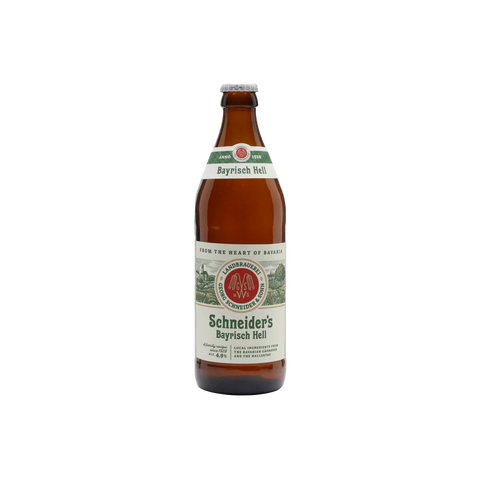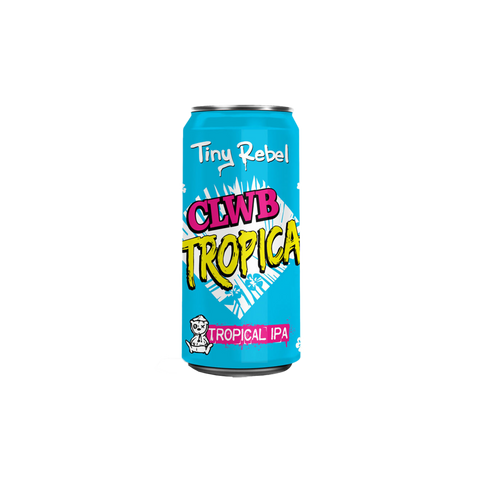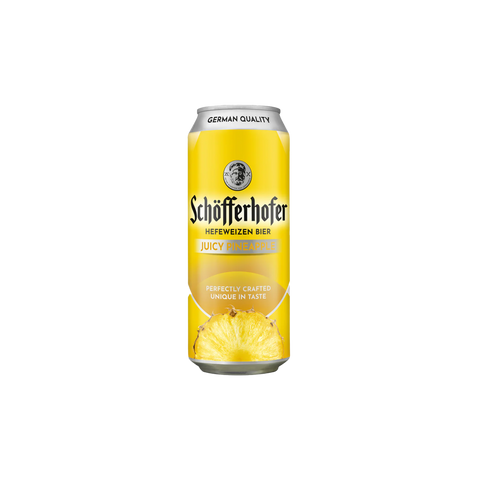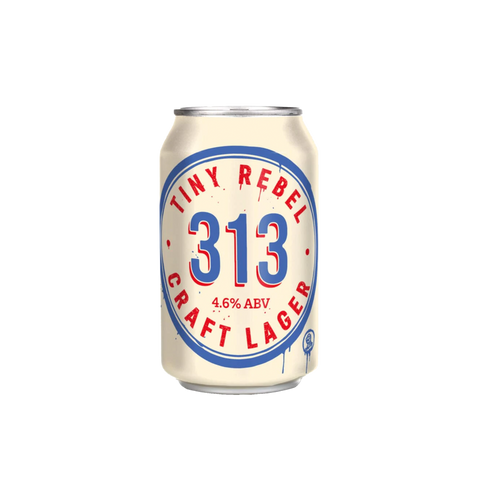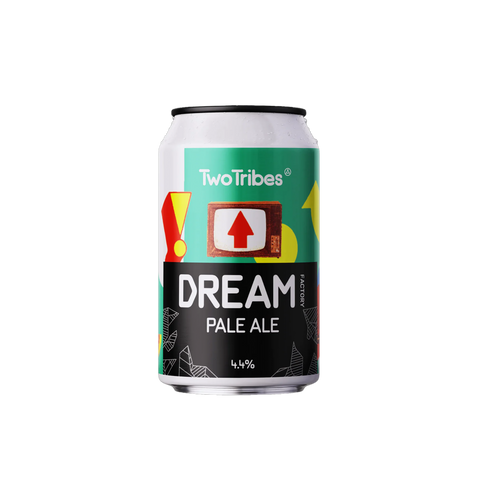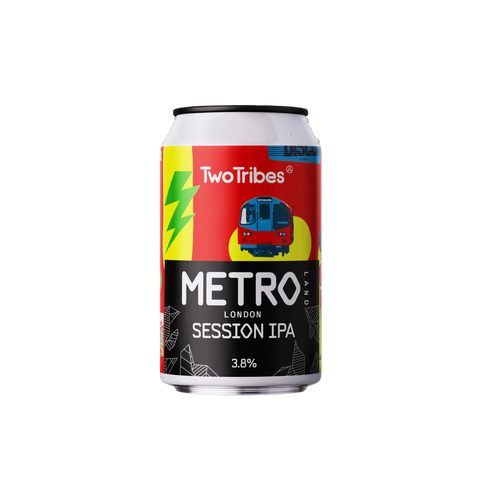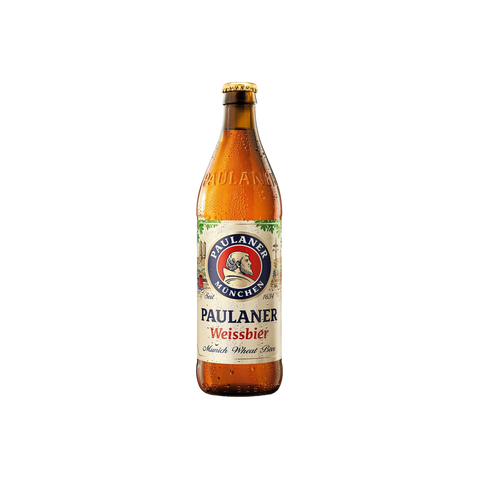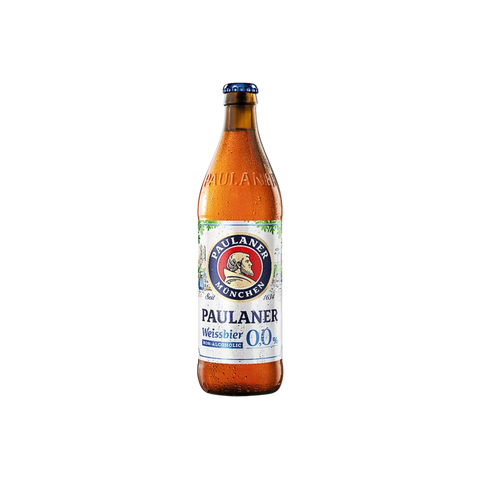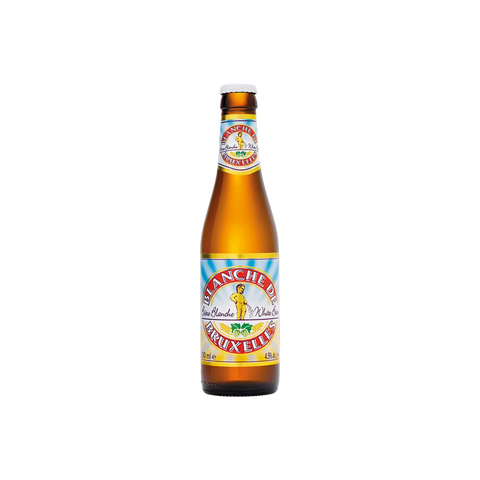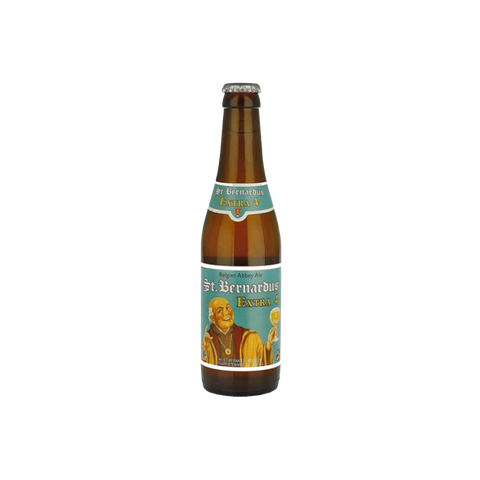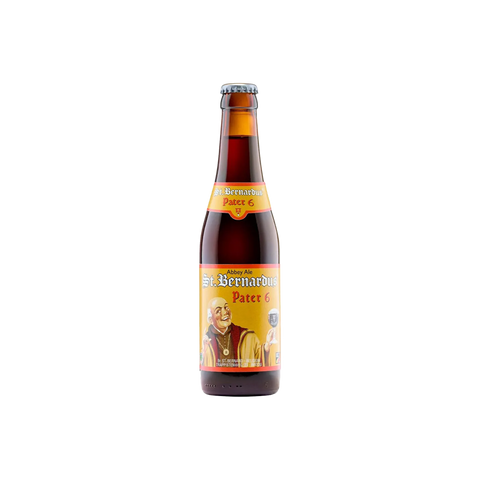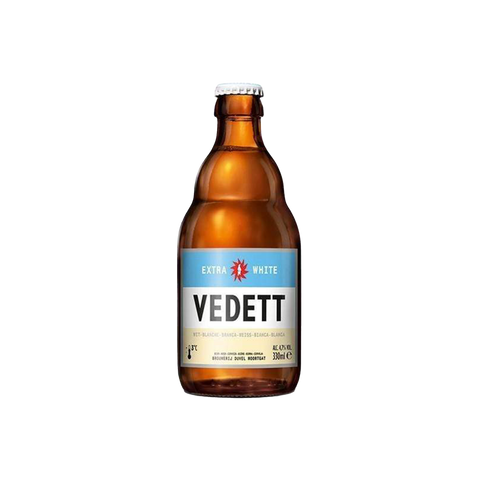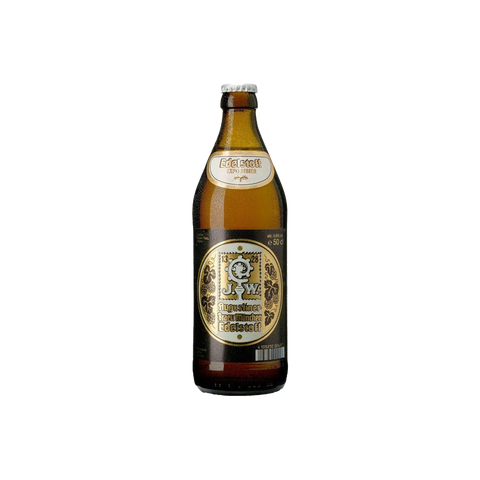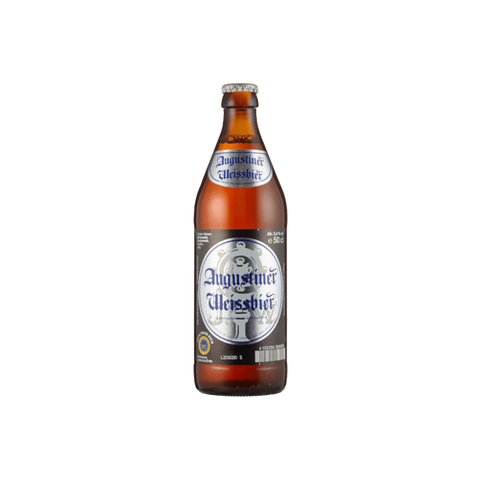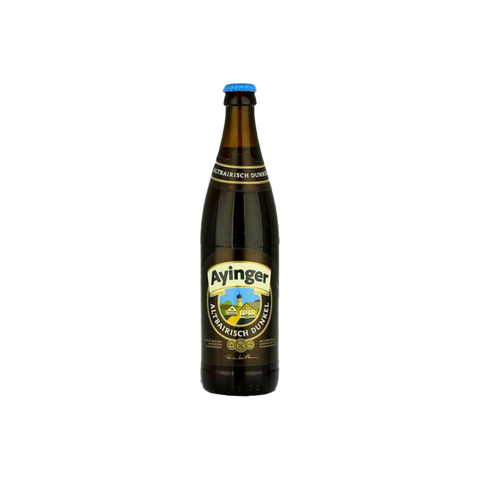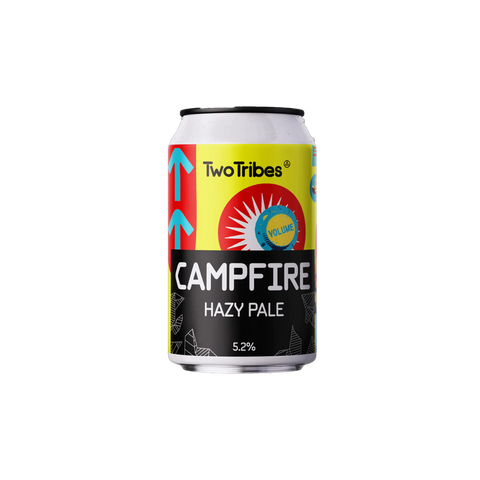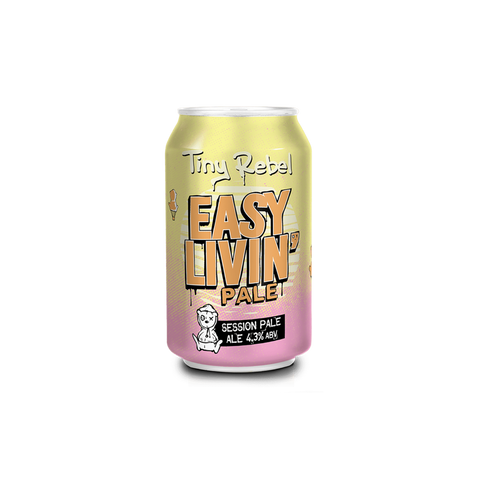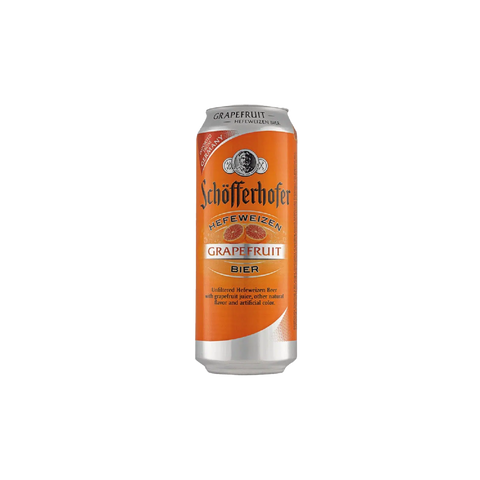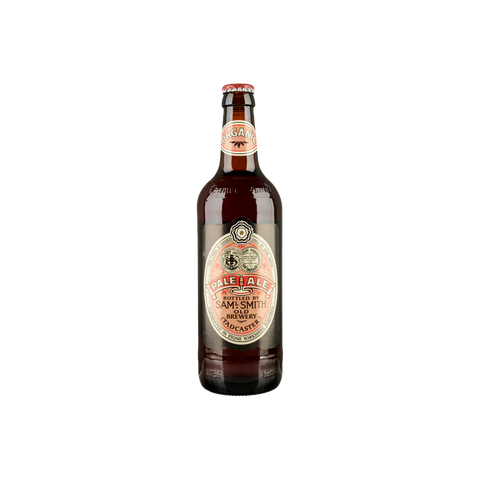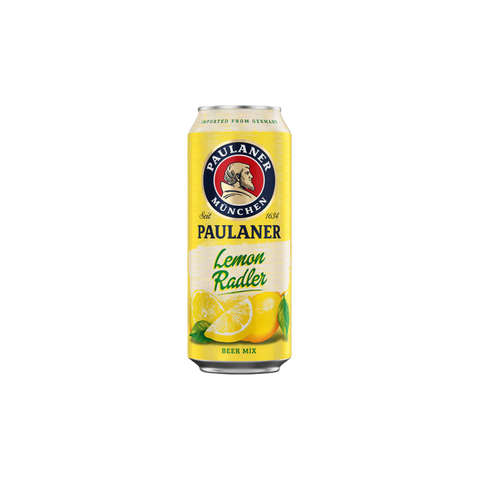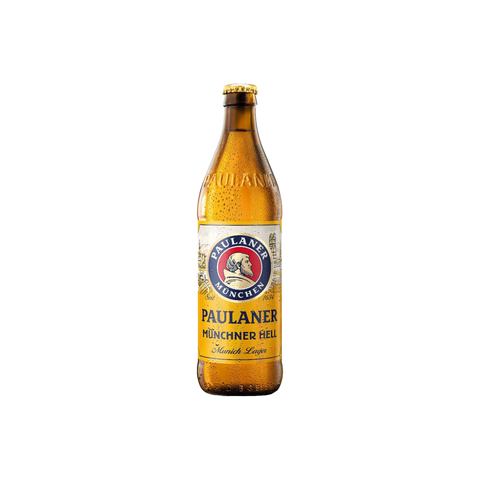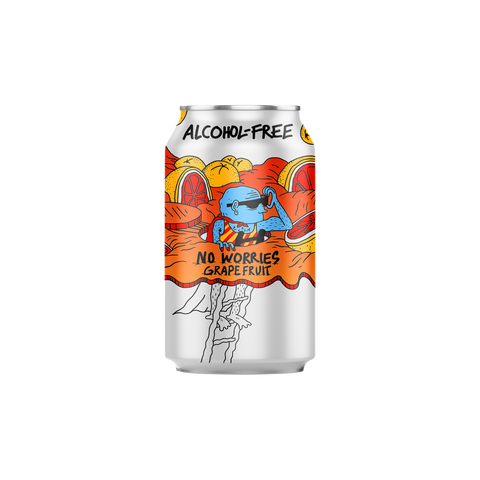Beer is made through a process called brewing, which involves several key steps:
-Malting: The grains of barley are soaked in water and allowed to germinate, during which the starch is converted into fermentable sugars. In order to stop the germination process, the germinated grains are then dried in a kiln.
To start the germination process, barley grains are soaked in water.
Enzymes in the grain begin to convert starch into fermentable sugars, such as maltose, as the grain germinates.
The germination process is stopped by drying the grains in a kiln. The degree of drying affects the malt's flavour profile, with lighter malts for lagers and darker for ales and stouts.
-Mashing: In a process called mashing, the malted barley is crushed and mixed with hot water. This extracts the sugars from the grains and produces a sugary liquid known as the wort.
The malted barley is then crushed into a coarse powder known as the grist.
The grist is mixed with hot water in a vessel called a mash tun. To activate the enzymes in the malt that convert the starch to sugar, the temperature and duration of the mashing process are carefully controlled.
The resulting liquid, called wort, contains the sugars needed to ferment, along with proteins, vitamins and other compounds that contribute to the character of the beer.
-Boiling: The wort is boiled and hops are added. Hops add bitterness, flavour and aroma to the beer. Boiling also sterilises the wort.
The wort is transferred to a kettle and boiled.
Hops add bitterness to balance the sweetness of the malt, as well as flavour and aroma. These vary according to the hop variety and when it is added.
Boiling also helps to sterilise the wort by killing off unwanted micro-organisms.
-Cooling: After boiling, the wort is quickly cooled down to a temperature that is suitable for the fermentation process.
After boiling, the hot wort is rapidly cooled down to a temperature that is suitable for the fermentation process. This is usually done using a heat exchanger or by circulating cold water around the outside of the kettle.
Rapid cooling helps to prevent off-flavours from developing and ensures that the yeast in the wort is able to thrive.
-Fermentation: Fermentation begins when yeast is added to the cooled wort. Alcohol and carbon dioxide are produced as the yeast consumes the sugars in the wort. This process can take several days to weeks, depending on the type of beer.
Once the wort has cooled, it is transferred to a fermentation vessel, which is often a fermenter or a series of fermenters.
Yeast is added to the wort. Yeast is a micro-organism. It consumes the sugars in the wort and produces alcohol and carbon dioxide as by-products.
Fermentation can take place at different temperatures depending on the type of beer being brewed and the yeast strain used. Ale yeasts ferment at warmer temperatures (approximately 60-75°F or 15-24°C), while lager yeasts ferment at cooler temperatures (approximately 45-55°F or 7-13°C).
-Conditioning: Once the fermentation process is complete, the beer is conditioned to develop its flavour and carbonation. This may be done by tank or cask ageing, and sometimes extra hops or other ingredients are added for extra aroma.
Some beers are then conditioned to further enhance the aromas and clarify the flavour.
This may be done in the same tank used for fermenting (for example, conical fermenters) or in separate conditioning tanks or vats.
During conditioning, the beer may be aged with additional hops (dry hopping) or other flavourings to enhance its flavour and aroma.
-Filtering and packaging: The beer is filtered to remove any remaining solids and then bottled, caned or kegged for distribution and consumption.
After the beer has been conditioned, it is filtered to remove any remaining yeast, proteins or solids that could affect the clarity and stability of the beer.
The filtered beer is then packaged into bottles, cans or kegs using specialised equipment.
Some beers may be further aged or carbonated before packaging, depending on the style of beer and the brewer's preferences.
To achieve the desired beer style, flavour profile and quality, each step of the brewing process requires skill and precision. The final product can be significantly affected by small variations in ingredients, temperatures and fermentation conditions.

